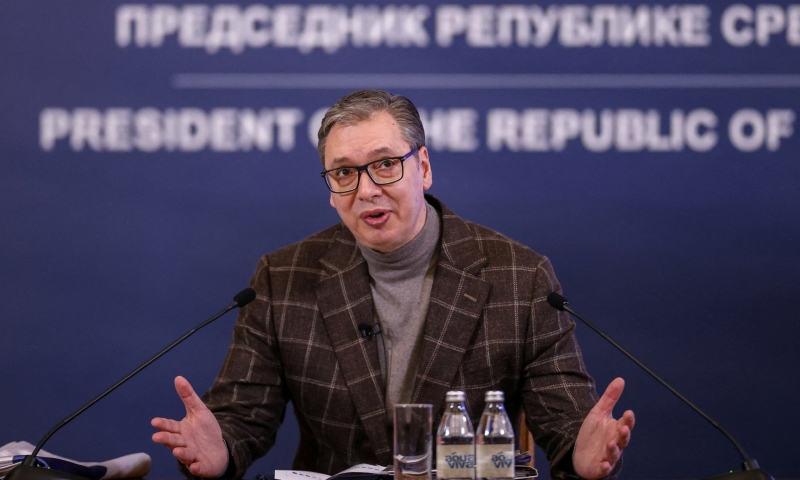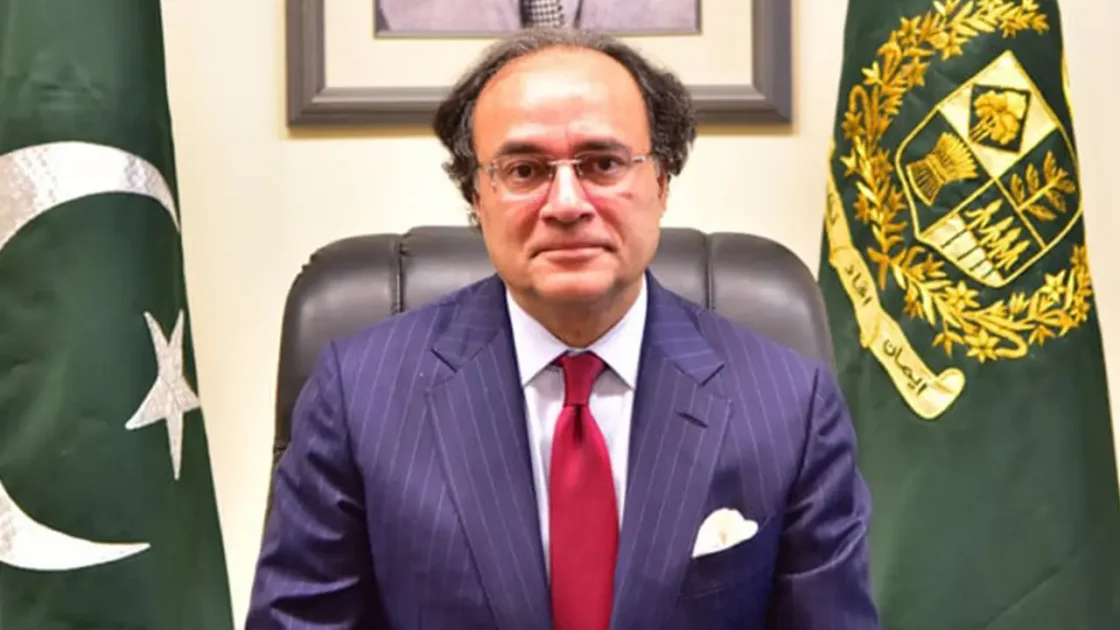
Why the Pakistan Economic Survey is silent on increasing poverty?
-
- Afshan Subohi
- Jun 13, 2024

Is it responsible to be content with the policy options that drifted the country away from its ultimate goal: the greater good of the majority? At the launch of the Pakistan Economic Survey, Finance Minister Aurangzeb Khan seemed satisfied with the economic choices that averted sovereign default, but he did not mention their cost to the people.
All indicators and reports of international financial institutions project a sharp increase in the number of poor in the country and a further deepening of income and wealth disparity. However, the current Pakistan Economic Survey is silent on the incidence of poverty and the trends in regional and economic disparities. Several senior members of the economic team were approached for input, but their responses were not received by the time of filing of this report.
An expert suggested that the omission might be deliberate. “I suppose releasing this dataset would be too damning and politically damaging”, he noted.
There is a growing global realization among both economists and policymakers that poverty and inequality are significant barriers to sustainable development. While economists work to dissect these phenomena and their historical and cultural dimensions, ample evidence already existed at the start of the century to prompt the United Nations to unanimously adopt the Millennium Development Goals (MDGs) aiming to halve poverty in 15 years. In 2015, the UN adopted a more comprehensive agenda, the Sustainable Development Goals (SDGs), bringing poverty, inequality, and climate change to the forefront of the development debate. This agenda has engaged civil society organisations and the corporate sector in efforts to deliver on these global goals.
However, in Pakistan, with just six years remaining in the SDG period to demonstrate progress and commitment to poverty eradication, it is unclear if poverty and inequality are even factored in the current economic matrix. The Pakistan Economic Survey 23-24 confirmed that these crucial issues, which directly impact the well-being of the populace, are not prioritised by PM Shahbaz’s government as they should be. If they were, the annual economic report would have at least addressed them.
In his address at the launch of PES, FM Khan credited PM Shahbaz Sharif for maintaining the economic stability and successfully completing the 9-month IMF’s Stand-by arrangement (SBA). He also mentioned ongoing discussions for the next programme, which he framed as Pakistan’s stabilisation plan, seeking IMF funding and support. To defend weak growth and underperformance of industry and services sectors, he emphasised the progress made over the past one year.
Rs5,390 billion Punjab budget to be presented today
He argued that at the start of the last fiscal year in July 2023, the economic situation was far more precarious: the economy was shrinking, reserves were barely sufficient for two weeks imports, inflation had surged to a historic high of 48 per cent during a point in the year ending, the rupee was rapidly devaluing and the country was on the verge of default, threatening systemic collapse. He highlighted achievements such as 2.4 per cent GDP growth, over 6 per cent agriculture advancement, foreign exchange reserves sufficient to fund two months imports, a relatively stable currency market and Pakistan’s re-emergence as a preferred destination for investors. While he acknowledged the high credit and energy costs burdening for businesses, he failed to address the impact of stabilisation policies on the people’s lives and its quality.
The current survey indirectly addresses the issue of poverty in the Chapter 16 titled Social Protection. However, apart from chart 16.1, attributing Gini coefficient value of 29.9 to Pakistan, sourced from UNDP Human Development Report 2023-24, indicating high income disparity, there is minimal discussion on inequality. While there are details of poverty alleviation programmes, their allocations and outcomes, essential facts such as poverty rate or details about poverty line were notably absent.
In the past, Pakistan Economic Surveys included a separate section on poverty and inequality. However, there were instances when the government, displeased with the findings, removed these sections at the last minute before printing and penalized officials who exposed the weak quality of growth. Over a decade ago, a decision was made to replace the chapter on poverty and inequality with one on social protection. This change suited the government but deprived the public of crucial information that could be used to advocate for more people-friendly policies.
A public policy specialist shared his opinion, stating that since former PM Shakat Aziz’s tenure, poverty figures have been manipulated in Pakistan. The late Pervez Tahir, a poverty expert who served as Chief Economist of the Planning Commission in the 2000s, had to step down due to contentious issue of accurately measuring poverty figures in Pakistan”.
Reporting on poverty and inequality is challenging without current Household Income and Expenditure Survey (HIES) or Pakistan Social and Living Standards Measurement (PSLM) data. However, an attempt could have been made using available numbers. The most recent HIES and PLSM, both five to six years old, were postponed due to extensive population census conducted by Pakistan Bureau of Statistics, according to an official source.
“What do you expect from a finance minister who is neither an economist nor a politician? A banker is trained to crunch numbers and sell pitches to raise money to maximise gains, focusing on the bottom line, treating everything else just as clutter. It might seem beneficial to have a private sector executive to manage public finances, but he needs to discard this tunnel vision before both the party and the public reject him”, remarked an economist currently serving in the government, expressing dissatisfaction with his boss.
“All the talk about people’s plight is just rhetoric. Vague references to poverty are used to gain sympathy, often blaming it on global events and climate change. However, the real issue lies in the wrong policy choices of the rulers. They use social security efforts, such as Benazir Income Support Programme, to score points and gain access to global humanitarian funds. Electorate in Pakistan expects better from their representative government”, remarked a sidelined economic observer when reached by phone for comments.
“If nothing else the government could at least show empathy and a willingness to address these pressing issues by including details on the various dimensions of poverty and inequality in the annual economic report”, he added.
“Respected global economists have shown that democracies are inherently more inclined towards inclusive sustainable development. In a pluralistic society like Pakistan, it’s crucial to leverage market forces to ensure people have right to gainful employment and a dignified life”, commented an observer.
The World Bank’s World Development Indicators database provides estimates of poverty incidence in Pakistan based on an international poverty line of $3.65 per day, (2017 purchasing power parity). According to this source the incidence of poverty was 44.6 per cent in 2013-14, dropping to 39.8% in 2018-19. However, independent economists, extrapolating from the available data, estimate that the current poverty rate in Pakistan is hovering around 50 per cent.
A senior economist argued that these figures are reported only when they project a positive picture. “Inequality estimates have always been understated, as higher income groups do not declare their income and wealth correctly in official surveys. A recent estimate by a Swiss bank suggests that income of the lowest deciles is ten times lower than that of the highest income group”.






